Navigating the financial landscape can be challenging, especially for small business owners, startups, and financial advisors working with clients who face unique credit hurdles. Special Purpose Credit Programs (SPCPs) are a valuable resource, offering tailored financial solutions to help those who may not qualify for traditional credit products. In this blog post, we’ll explore three types of SPCPs that can make a significant difference in achieving financial stability and growth.
Government-Sponsored SPCPs
One of the most well-known types of SPCPs is government-sponsored programs. These initiatives are often home loans supported by federal or state governments, designed to make homeownership more accessible.
Key Programs:
- Fannie Mae and Freddie Mac: Both of these Government-Sponsored Enterprises (GSEs) offer a variety of mortgage programs. For example, Fannie Mae’s BorrowSmart Access program provides targeted assistance to low-income borrowers, offering down payment assistance and more flexible qualifying criteria.
- Federal Housing Administration (FHA) Loans: These loans are insured by the FHA and are designed to help first-time homebuyers and those with less-than-perfect credit.
- State-Specific Programs: Many states offer their own SPCPs aimed at helping residents achieve homeownership. These programs often provide down payment assistance, lower interest rates, and more.
Why it matters: Government-sponsored SPCPs can be a lifeline for small business owners who may be using their personal assets as collateral. By securing a home loan through these programs, they can free up other resources to invest back into their business.
Community Development Financial Institutions (CDFIs)
CDFIs are nonprofit organizations dedicated to providing financial services to low-income individuals and underserved communities. These institutions often offer SPCPs specifically designed to help those who may not otherwise qualify for traditional credit products.
Key Features:
- Flexible Lending Criteria: CDFIs take a more holistic view of borrowers’ financial situations, often considering factors beyond credit scores.
- Support Services: Many CDFIs offer financial education, business coaching, and other resources to help borrowers succeed.
- Community Focus: By targeting underserved areas, CDFIs help stimulate local economies and foster community growth.
Why it matters: For startups and small businesses, access to affordable credit through a CDFI can be the key to getting off the ground or scaling operations. The additional support services also provide invaluable guidance for long-term success.
Microfinance Institutions (MFIs)
Microfinance Institutions are non-banking entities that provide small loans to entrepreneurs and small businesses, particularly in underserved markets. SPCPs offered by MFIs are designed to help borrowers who may not have access to traditional credit.
Key Features:
- Small Loan Amounts: MFIs typically focus on providing smaller loans, which are often more manageable for new businesses.
- Short-Term Repayment Plans: These loans usually come with shorter repayment terms, making them a quick source of capital.
- Entrepreneurial Support: Similar to CDFIs, MFIs often provide additional resources like business training and mentorship.
Why it matters: Small business owners and startups can benefit immensely from the quick access to capital that MFIs provide. This is particularly useful for covering immediate expenses, investing in inventory, or seizing new business opportunities.
Conclusion
Special Purpose Credit Programs offer tailored financial solutions to meet the unique needs of small business owners, startups, and financial advisors’ clients. Whether through government-sponsored programs, CDFIs, or MFIs, these initiatives can provide the necessary support and resources to overcome traditional credit barriers and achieve financial success.






